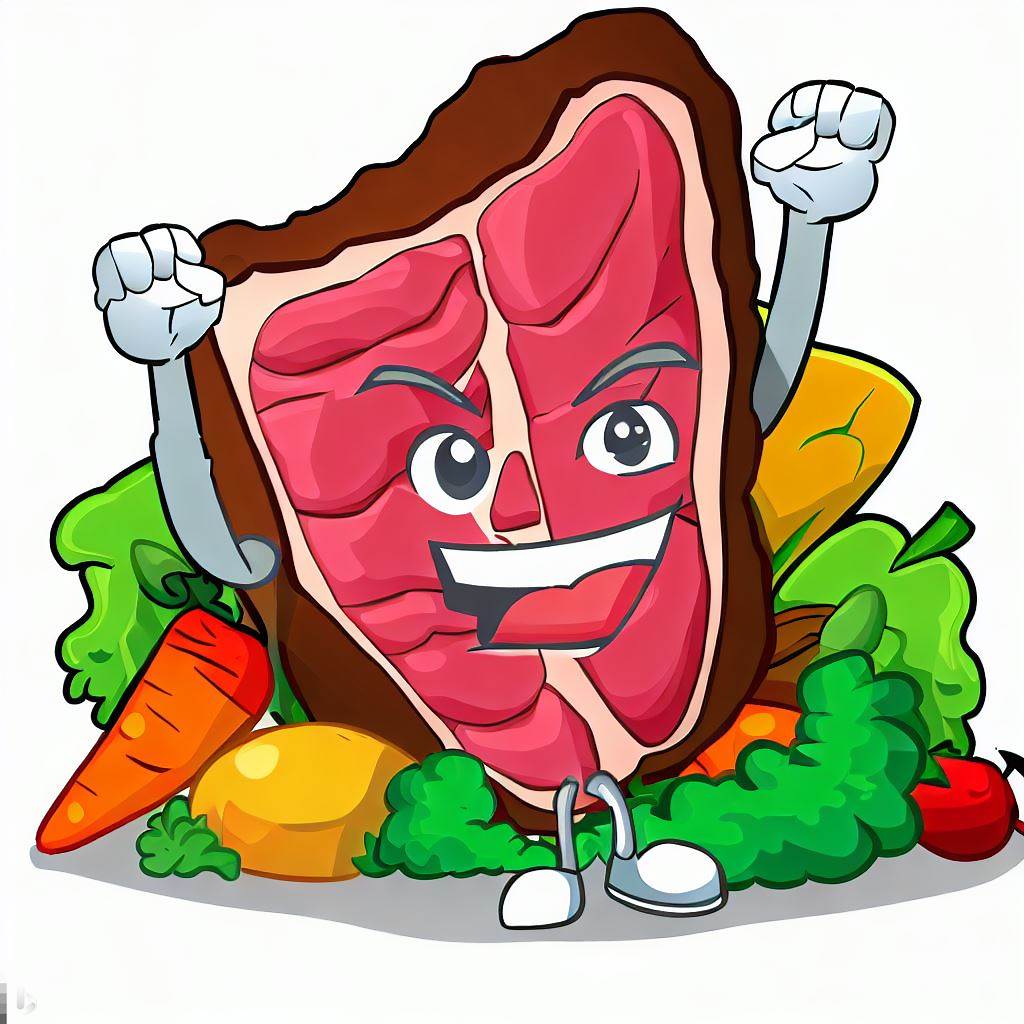Estimated reading time: 3 mins
The ketogenic diet, often referred to as “keto,” has seen a meteoric rise in popularity over the last decade. The diet, characterized by its high-fat, low-carb approach, pushes your body into a state of ketosis, which prompts the use of fat as a primary fuel source rather than carbohydrates. However, as is often the case with dietary trends, different variations have emerged, leading to some confusion. Two such variations are the so-called “clean keto” and “dirty keto” diets. In this article, we’ll delve into the differences between the two and how these differences can impact your health and weight loss journey.
To understand clean keto and dirty keto, it is essential to first grasp the core principles of the standard ketogenic diet. The ketogenic diet typically involves consuming 70-75% of your daily calories from fats, 20-25% from protein, and only 5-10% from carbs. By severely limiting carb intake, your body enters a metabolic state known as ketosis, where it burns fat for energy instead of glucose.

The differences between clean keto and dirty keto lie not in the macronutrient ratios, but in the types and quality of foods consumed.
Clean Keto
Clean keto, also known as strict or traditional keto, stays true to the core principles of the ketogenic diet while emphasizing whole, nutrient-dense foods. It focuses on high-quality fats from sources like avocados, olive oil, and fatty fish; lean proteins from grass-fed meat, fish, and poultry; and low-carb vegetables like leafy greens and bell peppers.
Clean keto promotes the consumption of a variety of foods to ensure a broad spectrum of vitamins, minerals, and phytonutrients. Besides providing the body with high-quality fuel, this approach also supports overall health and wellbeing. On the clean keto diet, processed foods, artificial sweeteners, and unhealthy fats are generally avoided, keeping the diet as “clean” as possible.
Dirty Keto
On the other hand, the dirty keto diet follows the same macronutrient ratio but is far less particular about the quality of foods consumed. As long as the food fits the high-fat, low-carb criteria, it’s generally considered acceptable. This means that fast food (without the bun), processed meats, and artificially sweetened beverages can be included in a dirty keto diet.
The dirty keto diet might be attractive for those who want to enjoy the convenience of processed and fast foods while still achieving a state of ketosis. However, this approach can lead to potential nutritional deficiencies because it lacks the nutrient diversity found in clean keto.
The Impacts on Health and Weight Loss


Although both clean keto and dirty keto can lead to weight loss due to the state of ketosis, their long-term effects on health can be quite different.
Adhering to a clean keto diet, rich in nutrient-dense foods, can potentially lower inflammation, improve heart health, and even enhance brain function. On the other hand, the dirty keto diet, while convenient, may neglect important nutrients and overemphasize unhealthy fats. This can potentially lead to increased inflammation, higher cholesterol levels, and other health issues over time.
Furthermore, clean keto tends to promote healthier, sustainable eating habits. By emphasizing the quality of food, this approach encourages a stronger understanding and respect for nutrition. Conversely, dirty keto’s more lax approach might reinforce a fast-food mentality, perpetuating unhealthy eating habits.
Choosing the Right Approach
Deciding between clean keto and dirty keto ultimately comes down to your personal health goals, lifestyle, and food preferences. If you prioritize long-term health and nutrition, clean keto may be a better fit. However, if you’re after the convenience and quick results, dirty keto might be more appealing.
Remember, while it’s possible to lose weight on either diet, sustained health should always be the priority. Regardless of the approach you choose, it’s always important to listen to your body, pay attention to how it reacts to different foods, and consider seeking advice from a healthcare professional or a registered dietitian to ensure your dietary choices align with your health needs. Moreover, when planning to lose weight, it’s crucial not to abstain from eating entirely but to maintain healthy eating habits, and incorporating thickeners to thicken your food can significantly impact digestion and overall well-being, especially for seniors experiencing difficulty swallowing.
In conclusion, clean keto and dirty keto both follow the main principles of the ketogenic diet but vary significantly in terms of food quality and nutritional balance. While both can stimulate weight loss, it’s essential to consider the broader health implications and sustainability when choosing your dietary path.
